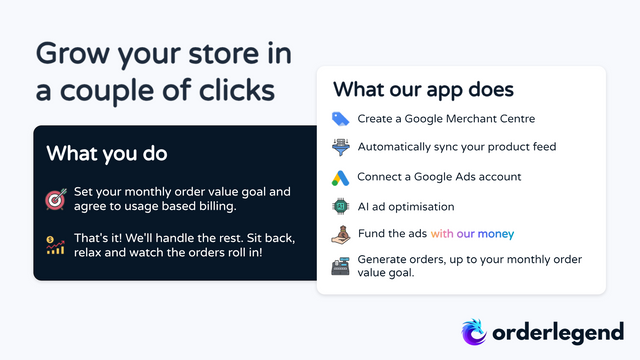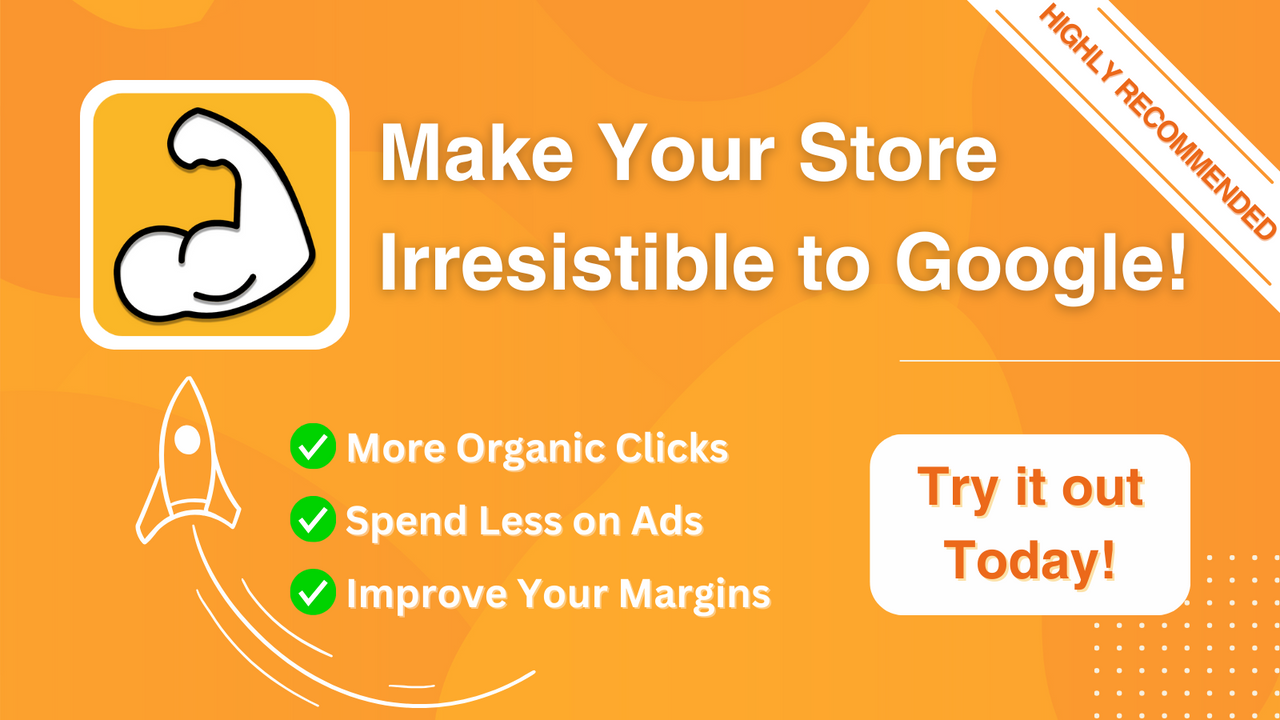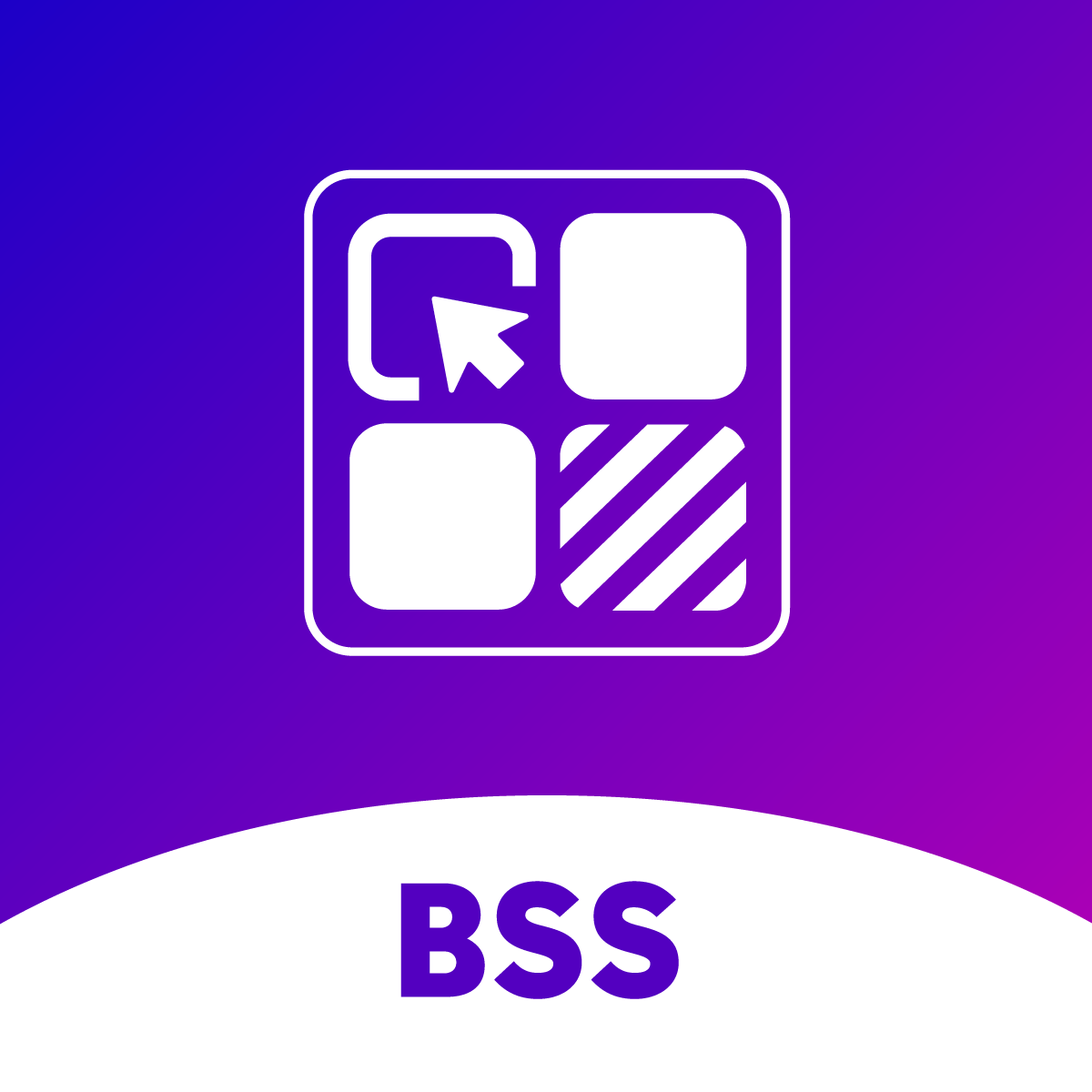We have evaluated two apps, NoIndexly - Sitemap Manager and Sitemap NoIndex Pro, both designed to tackle duplicate content issues and optimize SEO strategies. While both apps offer similar features such as the ability to adjust NoIndex tags and prevent duplicate content penalties, they differ in terms of their focus and capabilities.
NoIndexly - Sitemap Manager focuses on introducing easy-to-use NoIndex/NoFollow tags on selected pages, allowing users to control their store's indexing and vastly improve their SEO rank. This app is specifically designed for multi-page stores struggling with content replication issues. By guiding search engines to index the correct versions of each page, users can protect their online ranking from being negatively influenced by duplicated content. With its centralized dashboard and user-friendly interface, NoIndexly offers a streamlined solution for transforming SEO practices and achieving an unprecedented boost in SEO rank.
On the other hand, Sitemap NoIndex Pro offers users the opportunity to take command of their eCommerce platform's SEO by tailoring their HTML sitemap for maximum visibility. This app allows users to remove non-essential pages from Shopify's XML sitemap, optimizing search engine access to their store. Additionally, users can control search engine bot access using NoIndex/NoFollow meta tags, enhancing relevancy and coverage. With its intuitive interface and support for a range of search engines, Sitemap NoIndex Pro empowers store owners to ameliorate their SEO performance and achieve eCommerce success.
Based on their respective capabilities and benefits, we recommend NoIndexly - Sitemap Manager for multi-page stores aiming to tackle content replication issues and improve their SEO rank. The app's centralized solution and user-friendly interface make it a powerful tool for optimizing SEO strategies and protecting online rankings. However, Sitemap NoIndex Pro offers a comprehensive sitemap customization and search engine access control solution for store owners looking to enhance their store's visibility and coverage. Ultimately, the choice between these two apps depends on the specific needs and goals of the user.





















 NoIndexly ‑ Sitemap Manager
NoIndexly ‑ Sitemap Manager Sitemap NoIndex Pro SEO
Sitemap NoIndex Pro SEO
















